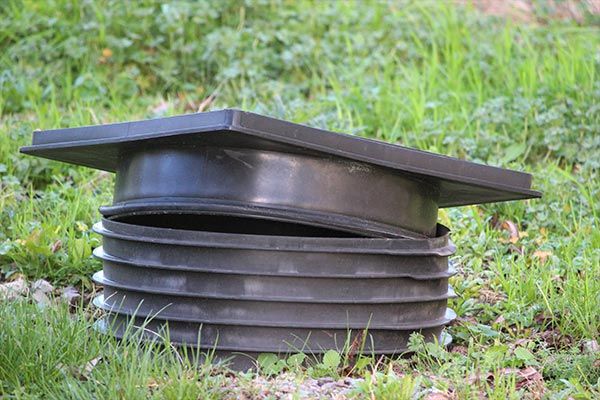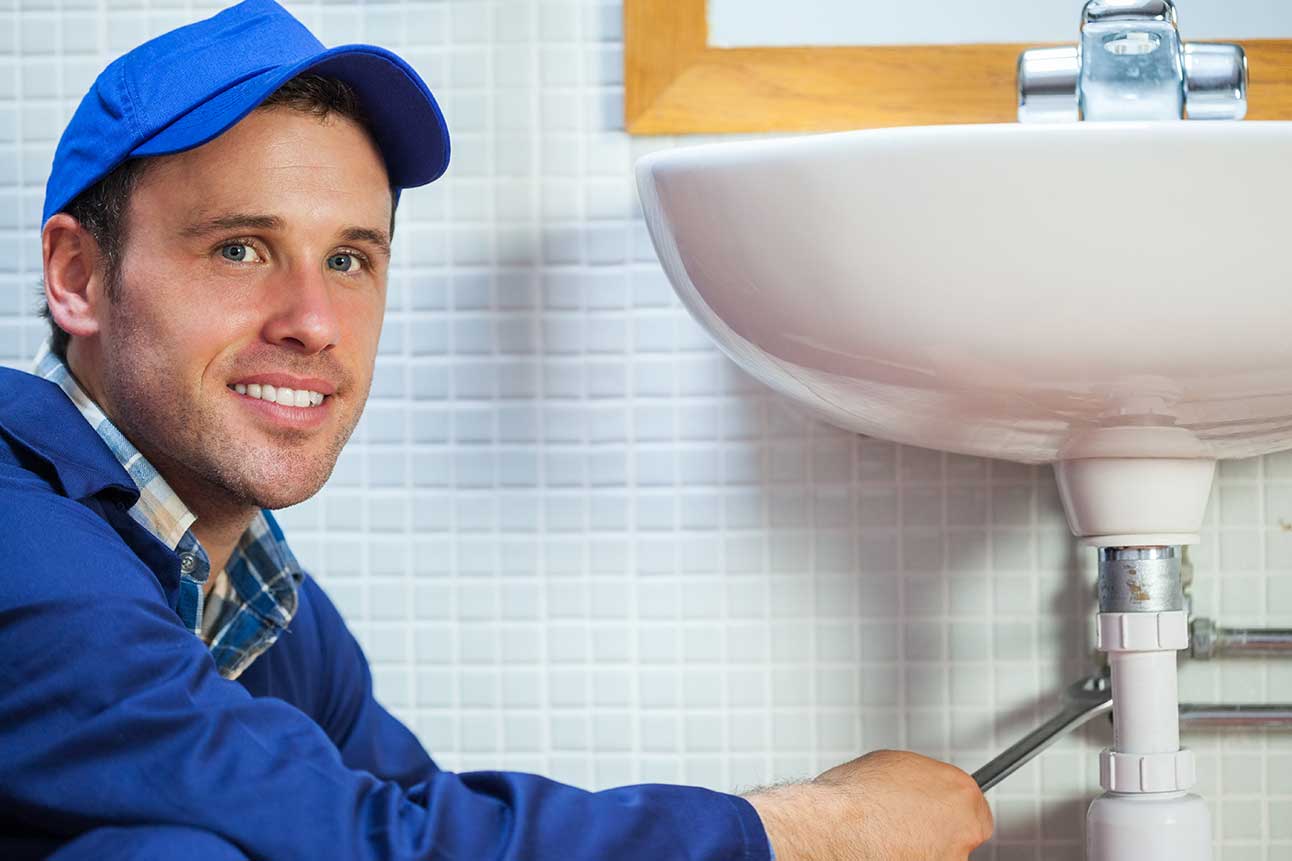4 THINGS TO DO DIFFERENTLY IN A HOME WITH A SEPTIC SYSTEM
- By websitebuilder
- •
- 22 Jan, 2018
- •

The drains and toilets should essentially work the same whether you have a home with a septic tank or a sewer connection, however, there are differences in the ways you should use your drains in homes with septic tanks. Here are four things you need to do differently in a home with a septic tank rather than a sewer connection.
1. DON'T USE A GARBAGE DISPOSAL
Everything you put down the disposal will sit inside the tank until your septic professional comes to pump it out. Without a garbage disposal, you'll only need to have your tank pumped every few years. With a disposal, you'll need to have it pumped annually — and it may even become full, leading to sewage backups and slow drains — long before this.
If you live in a home that does have a garbage disposal and a septic tank, then try to severely limit your use of the disposal. In addition, make sure you are using your disposal correctly and not putting items down the drain that will hurt your septic tank.
2. BUY ONE-PLY TOILET PAPER
3. SPACE OUT SHOWERS, LAUNDRY, AND OTHER WATER-HEAVY OPERATIONS
Septic tanks are sized based on the expected occupancy of a home. For example, if you have a 3-bedroom home, you probably have a 1,000-gallon tank, as that size can comfortably hold the average amount of waste that three or four people generate. However, your tank may not be able to handle all of the water from five back-to-back loads of laundry and three showers. Space out your water-heavy operations to prevent problems.
4. SCHEDULE PREVENTATIVE MAINTENANCE WITH A SEWER COMPANY
When your home is connected to a sewer, you don't typically need to call the plumber to care for the sewer line unless you're having issues with backups or slow drains. With a septic tank, however, you need to schedule regular maintenance appointments — ideally before anything goes wrong.
For example, you should plan on having your home’s septic tank pumped every two to three years. While on-site, your septic care team can also make sure the tank is in good shape, the lid is secure, and the drain field is properly aerated. If these professionals detect any issues with the tank, lid, or drain field, then they can fix the problems before you suffer consequences like a sewage backup.
Follow the tips above, and you should have a lot fewer plumbing issues while you’re living in a home with a septic tank. Contact Stuart Plumbing & Sheet Metal Inc. if your tank is due to be pumped or if you're having any trouble with your septic system.






